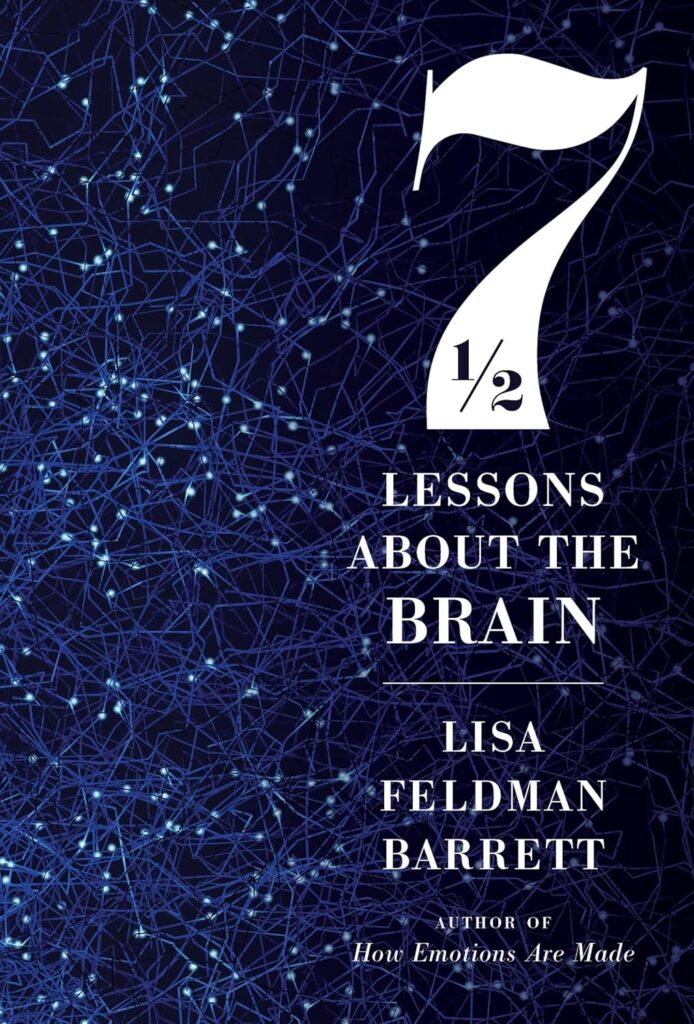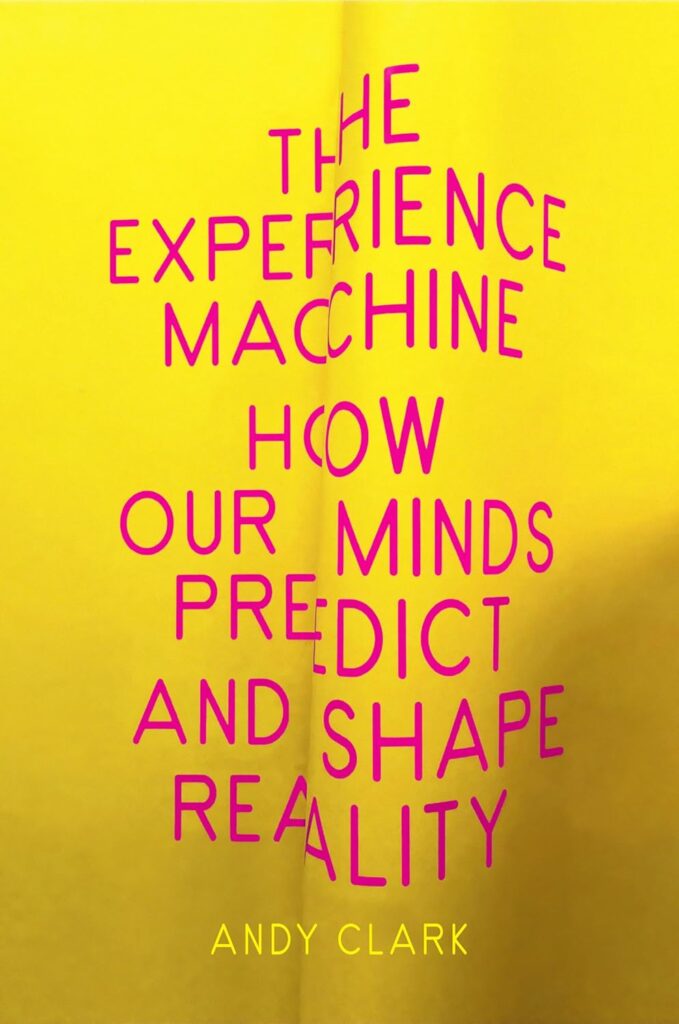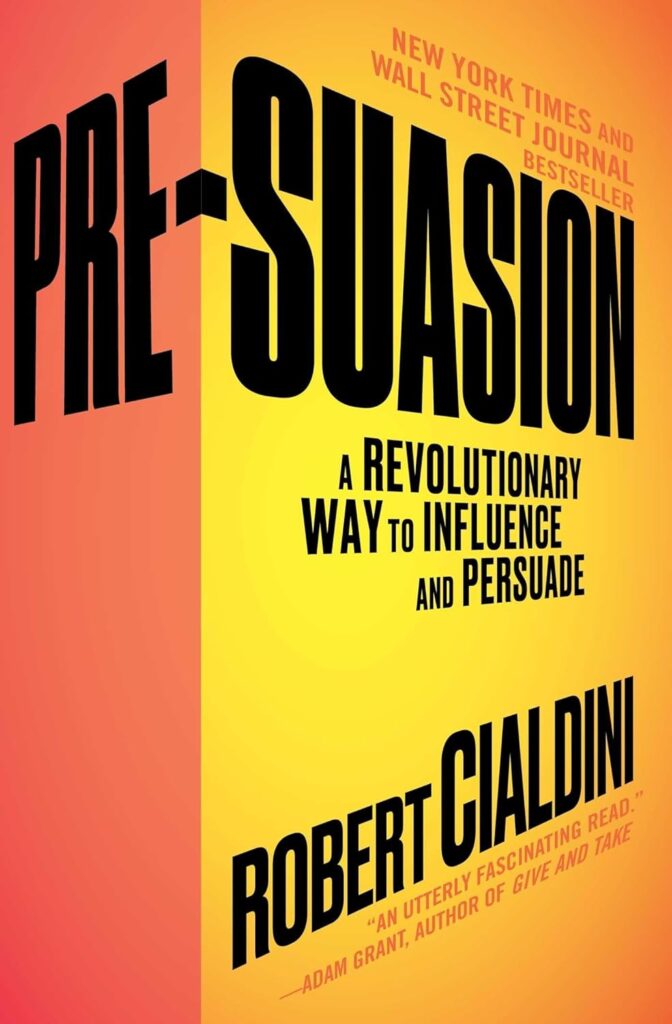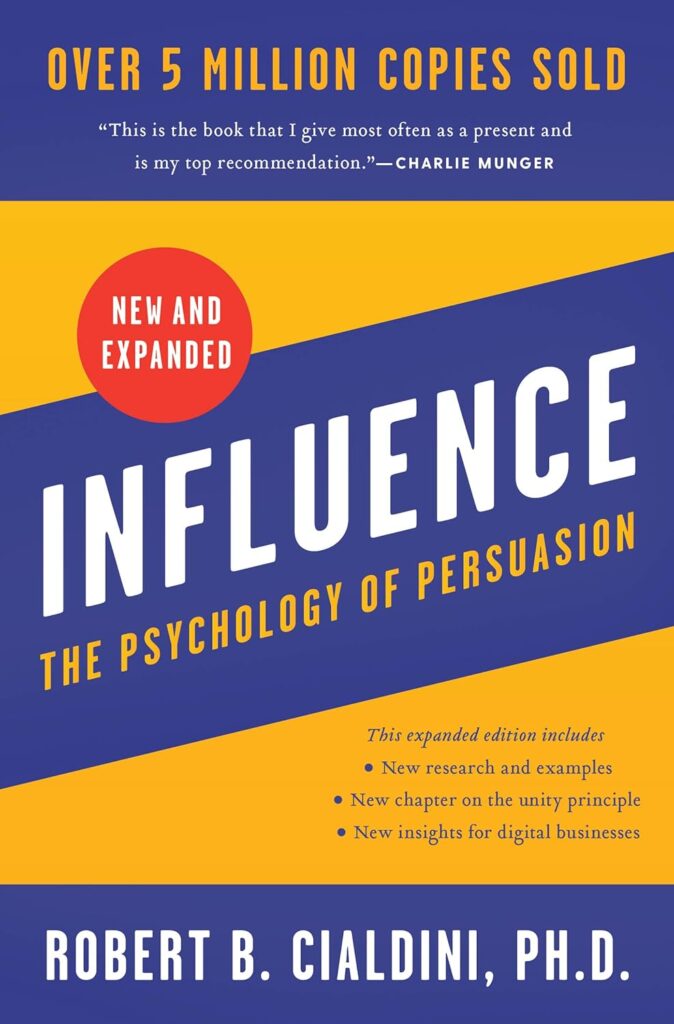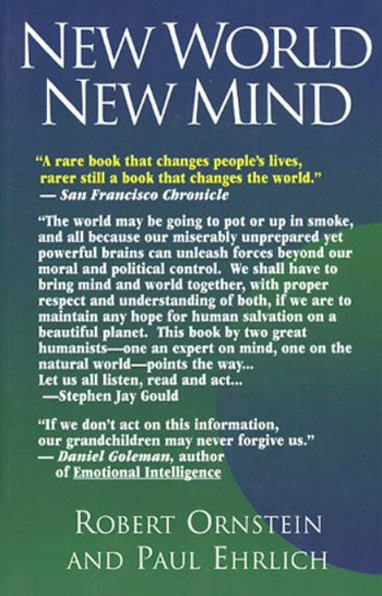
New World New Mind
Moving Toward Conscious Evolution
By Robert Ornstein & Paul Ehrlich
Arguing that changing cultures and biological changes have rendered traditional ways of thinking obsolete, the authors advocate a new set of thoughts and reactions in keeping with contemporary life.
There is no longer sufficient time to rely on the normal pace of cultural evolution to deal with today’s dilemmas… Human beings have always been the most adaptable creatures on the planet, and they should be able to chart a new course for themselves. Some of that charting is already being done. The old mind today is being challenged and changed by many scattered efforts. Can we bring these efforts together to produce a large-scale program for a rapid “change of mind”? We know what the problem is. The “solution” is not simple–to generate the social and political will to move a program of conscious evolution to the top of the human agenda.
Categories: Our Contributors' Book Reports, Our Mind in the Modern World
Subjects: conscious evolution, human consciousness
- All Books by Section
- Our Contributors' Book Reports
- Books Referenced in Human Journey Sections:
- Journey of the Human Mind
- Discovering Our Distant Ancestors »
- The Evolution of Language
- Ideas that Shaped Our Modern World »
- Paleolithic Beginnings
- Connecting with the Gods
- Axial Age Thought
- Origins of Christianity
- Origins of Islam
- The Journey of Classical Greek Knowledge to the Western World
- Stories and Storytelling
- Tools and the Development of Contemporary Society »
- A Sustainable Planet
- The Changing World Economy »
- Health and Education in the Modern World »
- Our Mind in the Modern World »

